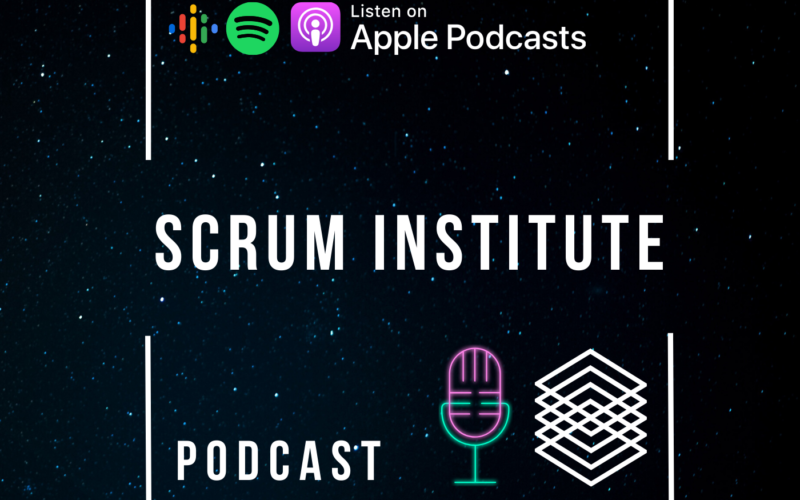Scrum Institute, Kanban Framework Episode #12
International Scrum Institute, Switzerland
(Registration Number: CHE-138.739.580)
Address: Samstagernstrasse 57, 8832 Wollerau, Switzerland
Web: https://www.scrum-institute.org
About International Scrum Institute™
International Scrum Institute, located at the Home of Quality, in Switzerland, is the premier competence development and credentialing organization and certification body for Scrum software development and delivery framework.
Established in 2011, as one of the most experienced Scrum authorities, International Scrum Institute is a public-benefit certification body that provides education and certification services. International Scrum Institute operates under the latest Scrum Guide 2020 Edition, industry-approved international standards, requirements, and proven best practices to empower its clients to create value, develop and deliver great software.
International Scrum Institute has proven its worldwide acceptance and reputation by being the choice of more than 673,700 Scrum Practitioners in 143 Countries. (Read 1000+ Successful User Case Studies) International Scrum Institute maintains integrity and impartiality while taking into account professional and public interest. International Scrum Institute provides objective evidence that a person or an organization operates at the highest and most up-to-date level of ethical, legal, professional, and technical standards of the Scrum framework.
International Scrum Institute certifies a wide range of professionals and organizations, including governmental entities, military forces, commercial businesses, and professional associations. (Scrum Institute LinkedIn Community) International Scrum Institute certification programs are based on recognized national and international compliance standards that ensure domestic and global acceptance.
International Scrum Institute is the leading skill development and certification body for professionals and organizations compliant with the Agile Alliance® corporate membership standards that form a unified system for recognizing competent Scrum organizations worldwide. As a global skill development and certification body, International Scrum Institute is committed to ensuring excellent service standards delivered by those we comply with. International Scrum Institute is proud to be an approved corporate member of Agile Alliance®. (More Info About Scrum Institute’s Agile Alliance® Membership)
Scrum Institute Accreditations
Scrum Institute Accreditations
The International Scrum Institute certification programs’ chief goal is to be market relevant, consensus-based, support innovation, and provide solutions to global challenges. That means thriving career chances for professionals, and meeting and exceeding demands from businesses and their valuable clients.
For Questions and Clarification:
Contact Person: Yeliz Obergfell, VP Student Experience, (LinkedIn)
Mailing Address: Samstagernstrasse 57, 8832 Wollerau, Switzerland
Email Address: yeliz.obergfell@scrum-institute.org
